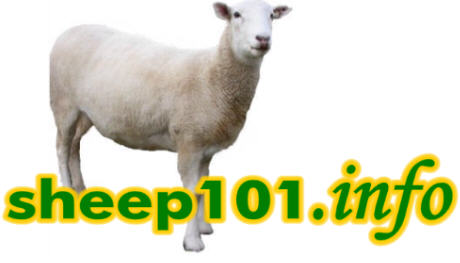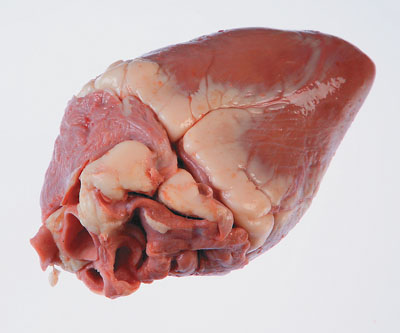|
|
Transgenetic sheep A sheep named Dolly British scientists made world headlines in 1996 with the cloned sheep named Dolly. Dolly was world's first cloned mammal. Scientists say cloning sheep and other animals could lead to advances in medical research, including cloning animals to produce human antibodies against disease. At the same time, rapid progress in stem cell research and genetics has raised widespread debate about the ethnics and boundaries of science and medicine. Mending broken hearts Embryonic cells from mice can help mend the broken hearts of sheep. This cross-species experiment is one more step in finding out whether human embryonic stem cells can mend the damage done by heart attacks. A heart attack damages the muscle and blood vessels that allow a heart to pump blood around the body. Doctors have long sought a way to repair this damage, and some experts say that embryonic stem cells hold the answer. Michel Pucéat of the French National Centre for Scientific Research in Montpellier and his colleagues performed the research. Pucéat says that this form of cardiac therapy holds much future promise. Source: BioEd Online Potential organ donors Esmail Zanjani, Chairman of Animal Biotechnology at the University of Nevada, Reno, hopes to use sheep to incubate organs that one day can be transplanted into humans or cells that can be injected into human fetuses to treat genetic diseases in vitro. The project involves taking human stem cells from the bone marrow of adult volunteers or from one of the federally approved embryo lines and injecting them into the fetuses of sheep before the unborn lambs’ immune system develop enough to reject the human cells. The hybrid animals created by this transgenic mixing of cells are known as chimeras. Zanjani’s work has captured national and international attention. Each year, thousands of people die waiting for an organ to transplant. Animal Pharming The first transgenic farm animal was a sheep created in 1985. Biotechnology firms and research institutes involved in pharmaceutical development and production use transgenic animals for three different purposes: as a research model, as a test kit, and as pharmaceutical production units. This new branch of transgenic animal production which has emerged in recent years has a new name: pharming. Pharming is the production of pharmaceutical human proteins in transgenic farm animals. In most cases of pharming, changing the composition of milk is the main strategy. Transgenic sheep have been used to produce Factor IX and VIII to treat hemophilia, human protein C to treat thrombosis, CFTR to treat cystic fibrosis, and alpha- 1-antitrypsin (AAT) to help prevent emphysema. <== SHEEP PRODUCTS |
|
|



